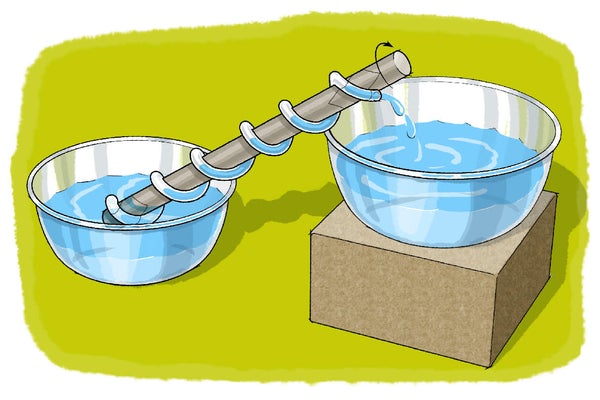Third Grade Space
🌈 Neurolinguistic Phrase:
🏆 Date: February 12th 2024
🏆 TMA: Opposite Actions
👩🏫 Topic: Shapes in PowerPoint
° We must to watch a video abput PowerPoint and follow instructions on it.
👽👽👽👽👽👽👽👽👽👽👽👽👽👽👽👽👽👽👽👽👽👽
🌈 Neurolinguistic Phrase:
🏆 Date: May 21st -2024
🏆 TMA: Opposite Actions
👩🏫 Topic: Animation and photos.
- Today we are going to solve the page 27 in the workbook.
- Then, we have to watch some videos about stop motion.
- Finally, we are going to talk about STEM project.
Homework:
Solve the quiz in norma’s website. It’s about Tecpro elements and circuits.
💚💚💚💚💚💚💚💚💚💚💚💚💚💚💚3B💚💚💚💚💚💚💚💚💚💚💚💚
💚💚💚💚💚💚💚💚💚💚💚💚💚💚💚💚💚💚💚💚💚💚💚💚💚💚💚💚
TEAM #1😸
-MARIANA
-YERAY
- SEBASTIÁN MORENO
-SIMONA
TEAM # 2👼
-ANA
-MIA
- GABRIEL
TEAM #3😇
-MARTIN
-DANIEL
-JUAN JOSÉ
TEAM #4💀
-SAMUEL HENAO
-MATHIAS SALAS
-MATIAS MARTINEZ
-VALERY
TEAM #5👻
-JUAN E
-SAMUEL SERNA
-EMILIO
-SAMMIA
💛💛💛💛💛💛💛💛💛💛💛💛💛💛💛3A💛💛💛💛💛💛💛💛💛💛💛💛
💛💛💛💛💛💛💛💛💛💛💛💛💛💛💛💛💛💛💛💛💛💛💛💛💛💛💛💛 💛
LEARNING ENVIRONMENT - MSS Maria Luisa
👻TEAM # 1: ROMERO
- IAN
- JUAN AGUIRRE
-JUAN HERNANDEZ
- SAMUEL LEONARDO
💝TEAM #2: OREGANO
-SAMUEL GERARD
-SANTIAGO RIVEROS
-SOFIA PARRA
-JACOBO GRACIANO
-SEBASTIÁN SANCHEZ
💤TEAM #3: TOMILLO
-ALEXANDER ORTIZ
-JERÓNIMO ZARATE
-MARTINA NOGUERA
-MARIA JOSÉ
-MAR SALOMÉ
-JUANA SALOMÉ
- DANNA MORALES
😺TEAM #4: CILANTRO
-SAMARA FORERO
- NICOLE NOSSA
-LIUVA VALENCIA
-DANNY SEGURA
- EMILIA RUBIO
👽👽👽👽👽👽👽👽👽👽👽👽👽👽👽👽👽👽👽👽👽
THIRD TERM
🌈 Neurolinguistic Phrase:
🏆 Date: July 11th - 2024
🏆 TMA: Opposite Actions
👩🏫 Topic: Learning and Criterias
- Today we are going to copy the learning and criteria
LEARNING:
Digitize photos, to create an animation in mBlock making the necessary adjustments to complete the final STEM project.
CRITERIAS:
° Discipline 10%
° Class work 30%
° Homework or independent learning (projects) 30%
---> Workbook, Notebooks.
° Teamwork/collaborative learning 30%
---> Stem Project
Homework:
Make the third term for the next class
Bring a toy to take pictures
👽👽👽👽👽👽👽👽👽👽👽👽👽👽👽👽👽👽👽👽👽
Archimedes Screw Turbine

Key Concepts
Physics
Liquids
Geometry
Engineering
Introduction
Can
you think of a way to make water run uphill—without using electricity?
The ancient Greeks discovered how to do just this! They developed a
device called the Archimedes screw to lift water from one location to
another. This tool is so useful that it is still in widespread use
today. In this activity you will build your own hand-powered Archimedes
screw from simple materials.
Background
Archimedes
of Syracuse was born in the 3rd century B.C. He liked to solve problems
and was one of the most important inventors of his time. The king
requested that Archimedes build the biggest ship possible. This ship
proved to be leaky, and Archimedes had to invent a device to remove
water from it. So he designed what we now call the Archimedes screw. It
was very effective because it got rid of the water and only required one
person to operate it. The Archimedes screw was soon also used to
transport water from low-lying areas up to irrigation ditches. The
design is so effective that it is still being used today. For instance,
it is used to lift wastewater in water treatment plants and even to lift
water in some amusement park rides. It's a tool that has never gone out
of style.
The Archimedes screw is a form of positive-displacement pump. A positive-displacement pump traps fluid from a source and then forces the fluid to move to a discharge location. The Archimedes screw is made up of a hollow cylinder and a spiral part (the spiral can be inside, but here you'll put it outside the cylinder). One end is placed in a low-lying fluid source and the other end is tilted up into a higher discharge area. To move water all you need to do is rotate the screw. As the screw moves it scoops up a small amount of water into the first pocket. On the next turn of the screw the first pocket of water moves to the second pocket, and a new scoop of water enters the first pocket. This motion continues, and eventually the first scoop of water comes out at the other end.
.png)
